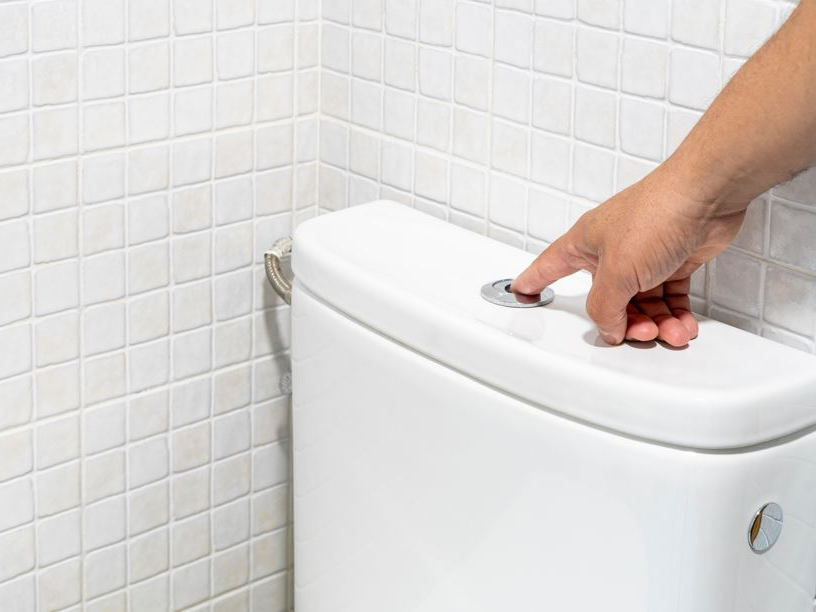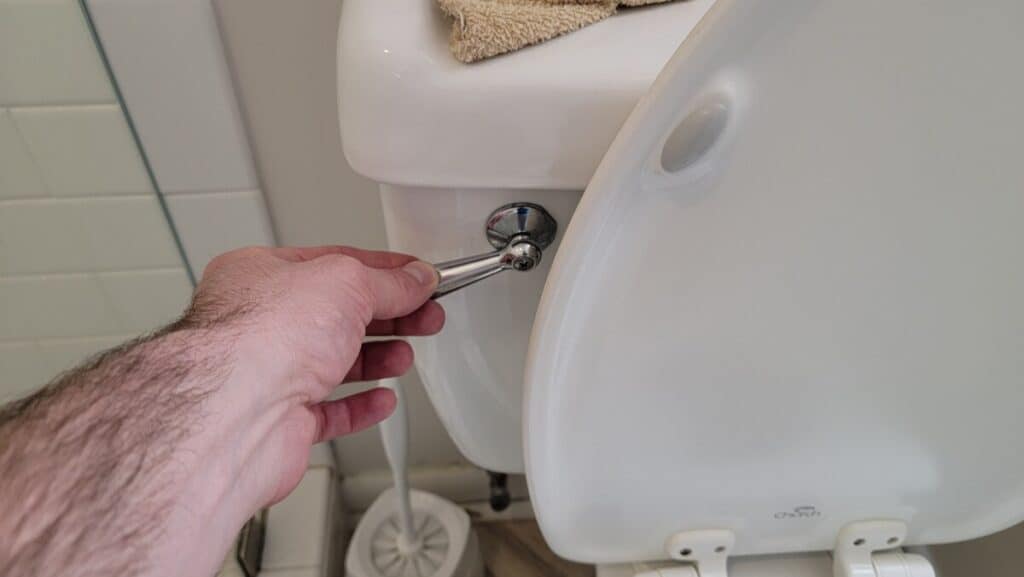In today's world, where sustainability and resource conservation are pivotal, water-saving toilets are becoming increasingly significant. They represent a blend of innovative engineering and environmental consciousness. The primary goal of these toilets is to minimize water use without compromising performance, an essential feature for both residential and commercial settings. Let's delve into the science behind these revolutionary fixtures.

Understanding Water Efficiency
The evolution of water-saving toilets can be traced back to the need for efficient water use. Traditional toilets typically use about 1.6 gallons per flush (gpf), whereas their eco-friendly counterparts use as little as 0.8 gpf. This significant reduction is achieved through advanced flushing technologies and designs that maximize performance while minimizing water usage.
One such innovation is the dual-flush system, which provides users with two options: a lower volume flush for liquid waste and a higher volume flush for solid waste. This system alone can save an average household up to 20,000 gallons of water annually. For more insights into the differences between low-flow and dual-flush systems, visit this link.
The Engineering Behind the Efficiency
The efficiency of water-saving toilets lies in their design and the materials used. Modern toilets often incorporate high-efficiency flushing mechanisms, such as pressure-assisted flushing and gravity-fed systems. These mechanisms are designed to optimize water flow and pressure, ensuring a thorough flush while using minimal water.
For instance, the pressure-assisted system uses compressed air to enhance the force of the flush, making it highly effective in removing waste with less water. Additionally, the bowl and trapway design play a crucial role in water conservation. A well-designed bowl ensures that the water effectively cleans the surface with each flush, reducing the need for repeat flushing.
Environmental and Economic Benefits
Adopting water-saving toilets not only benefits the environment but also offers significant economic advantages. By reducing water consumption, these toilets contribute to lowering water bills and decreasing the overall demand on water supply systems. This is particularly important in regions facing water scarcity.
Moreover, using less water means less energy is required to pump and treat water, further reducing the carbon footprint. Homeowners and businesses can benefit from these savings, making water-saving toilets a financially sound investment. To learn more about how to reduce water bills with eco-friendly toilets, check out this article.
The Role of Certification and Standards
When choosing water-saving toilets, it's essential to consider certifications such as the EPA's WaterSense label. These certifications ensure that the toilets meet specific criteria for water efficiency and performance. A WaterSense-labeled toilet uses at least 20% less water than a standard 1.6-gpf model while performing as well or better.
Standards and certifications help consumers make informed decisions, ensuring they select toilets that contribute to water conservation efforts. For those interested in converting their existing toilets into more water-efficient models, this guide offers practical solutions.
Challenges and Future Directions
While the benefits of water-saving toilets are clear, there are challenges to their widespread adoption. Cost can be a barrier for some consumers, although the long-term savings often justify the initial investment. Additionally, consumer education is crucial; many people are unaware of the benefits or how to properly use dual-flush systems.
The future of water-saving toilets lies in continued innovation and awareness. As technology advances, we can expect even more efficient designs and features. For instance, smart toilets that monitor usage patterns and adjust water use accordingly are on the horizon. To explore more about smart toilets with water-saving features, visit this page.

Conclusion
The science behind water-saving toilets is a testament to human ingenuity in the face of environmental challenges. These fixtures are a key component in the global effort to conserve water, offering both environmental and economic benefits. As awareness grows and technology evolves, water-saving toilets will play an increasingly vital role in sustainable living.
FAQs
Q1: How do water-saving toilets differ from traditional toilets?
A: Water-saving toilets use advanced flushing technologies to reduce water usage, often featuring systems like dual-flush or pressure-assisted mechanisms, whereas traditional toilets use more water per flush.
Q2: Are water-saving toilets more expensive to maintain?
A: While the initial cost might be higher, water-saving toilets generally result in lower water bills, offsetting maintenance costs and providing long-term savings.
Q3: Can I retrofit my existing toilet to save water?
A: Yes, there are several retrofit kits available that can convert standard toilets to use less water. For a DIY approach, you can refer to resources like this guide.






